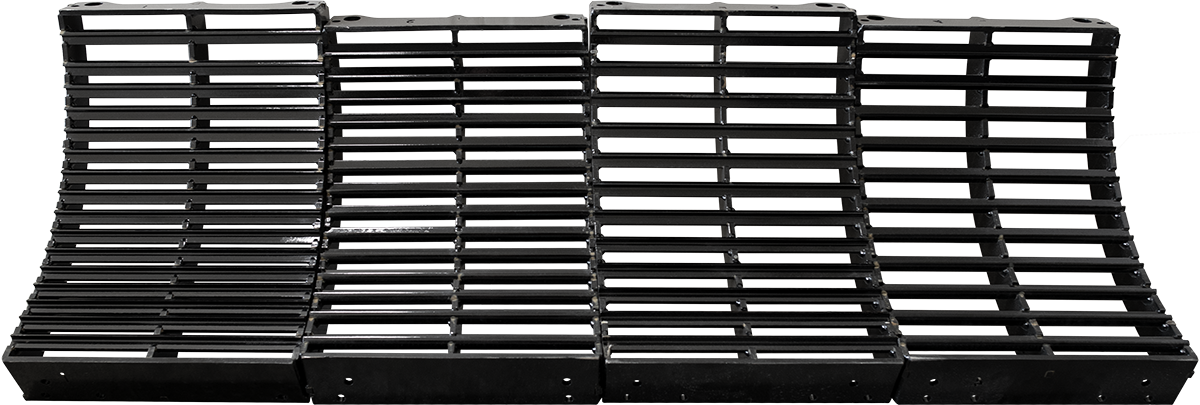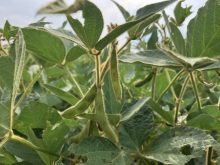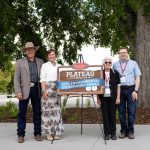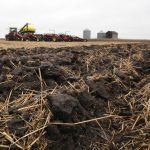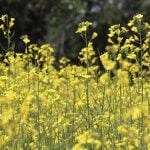Management and moisture are key for forages to survive drought, says the research co-ordinator for the Breton Plots.
And with 86 years of records, the University of Alberta’s grey wooded soil research plots near Breton, southwest of Edmonton, have the historical data to prove it, said Dick Puurveen.
Breton Plot researchers have recorded data on a five-year rotation of cereals and legumes since 1929.
Puurveen said spring moisture and maintaining good organic matter in previous crops through fertilizer or manure are key to drought proofing forages.
Read Also
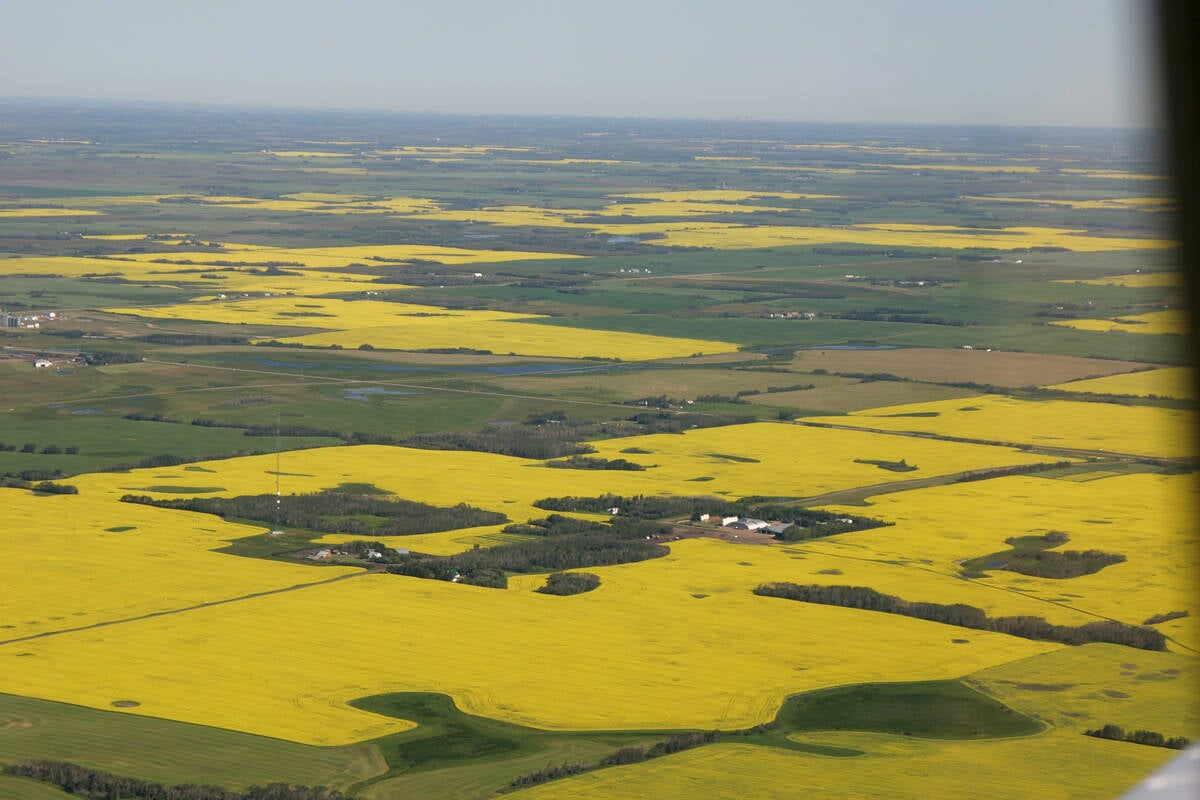
Increasing farmland prices blamed on investors
a major tax and financial services firm says investors are driving up the value of farmland, preventing young farmers from entering the business. Robert Andjelic said that is bullshit.
“Organic matter makes the total difference whether you will have a stand or not,” he said.
Puurveen referred to data from 2002, 2009 and 2015, which were years of severe drought. Yields on a two-year old alfalfa and brome plot were highest when manure or nitrogen, phosphorus, potassium and sulfur were added to the cereal crops before the plots were seeded to forage.
The Breton Plots have always followed a strict five-year rotation. The forages are underseeded with barley as a companion crop in year three after wheat and oats, and harvested twice in years four and five.
The legume was originally clover, but researchers switched to alfalfa in 1967.
He said plots that received good fertilizer through manure or commercial fertilizer have produced good forage, even in the dry years.
Last year, the first cut on the two-year-old stand in a limed plot with no fertilizer yielded .3 tonnes per acre compared to 2.6 tonnes per acre with added manure, 2.1 tonnes per acre with added nitrogen, phosphorus, potassium and sulfur and .3 tonnes per acre with added nitrogen, phosphorous and potassium but no sulfur.
“If you’re missing one of the essential nutrients, you get nothing,” he said. “Even if you fertilize, if you are not putting the right fertilizer down, you’re wasting your money.”
Results were similar with limed and unlimed plots in 2002 and 2009.
Puurveen also looked at snow cover and precipitation records in March to April and May to June to see how forages survived in years with less precipitation.
Since 1961, there have only been two other years with May and June rainfall less than 50 mm: 49.6 mm in 2002 and 48.1 in 2009.
Despite the limited rain and snow, the plots with good organic matter survived better than the plots without good organic matter because of their fertility and ability to store moisture.

